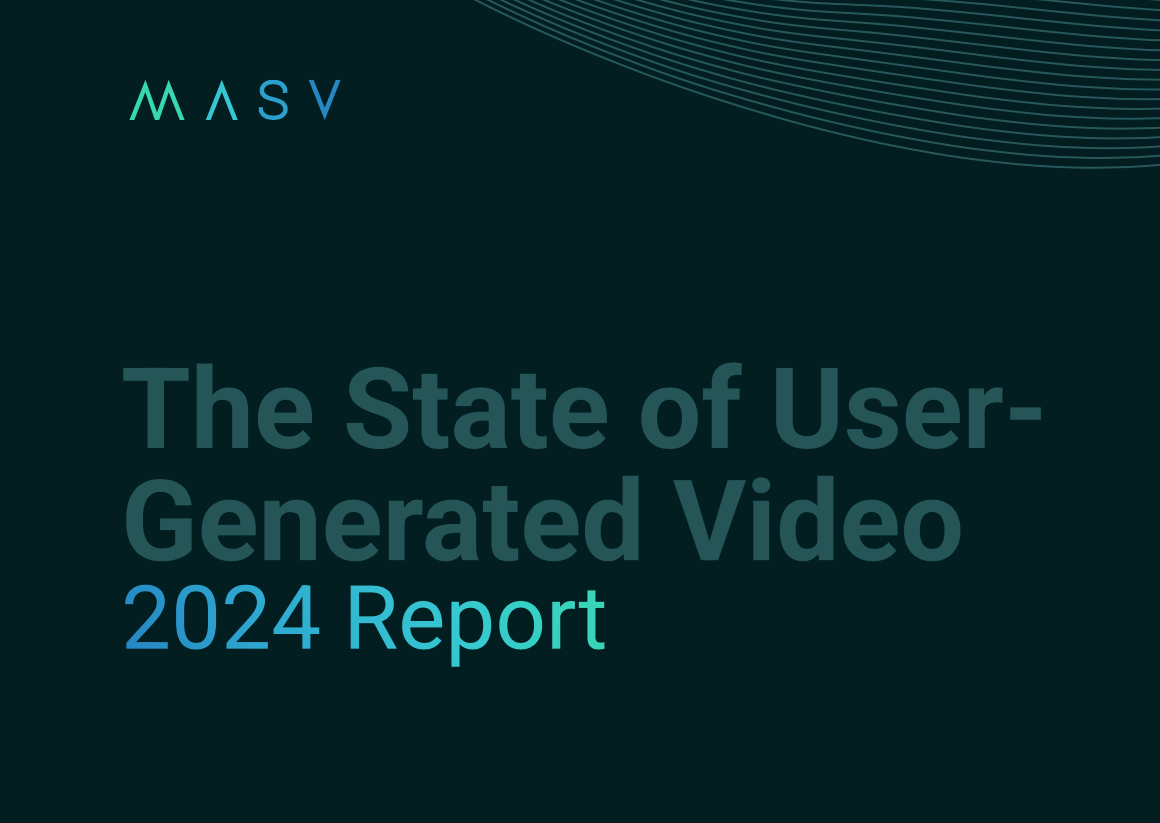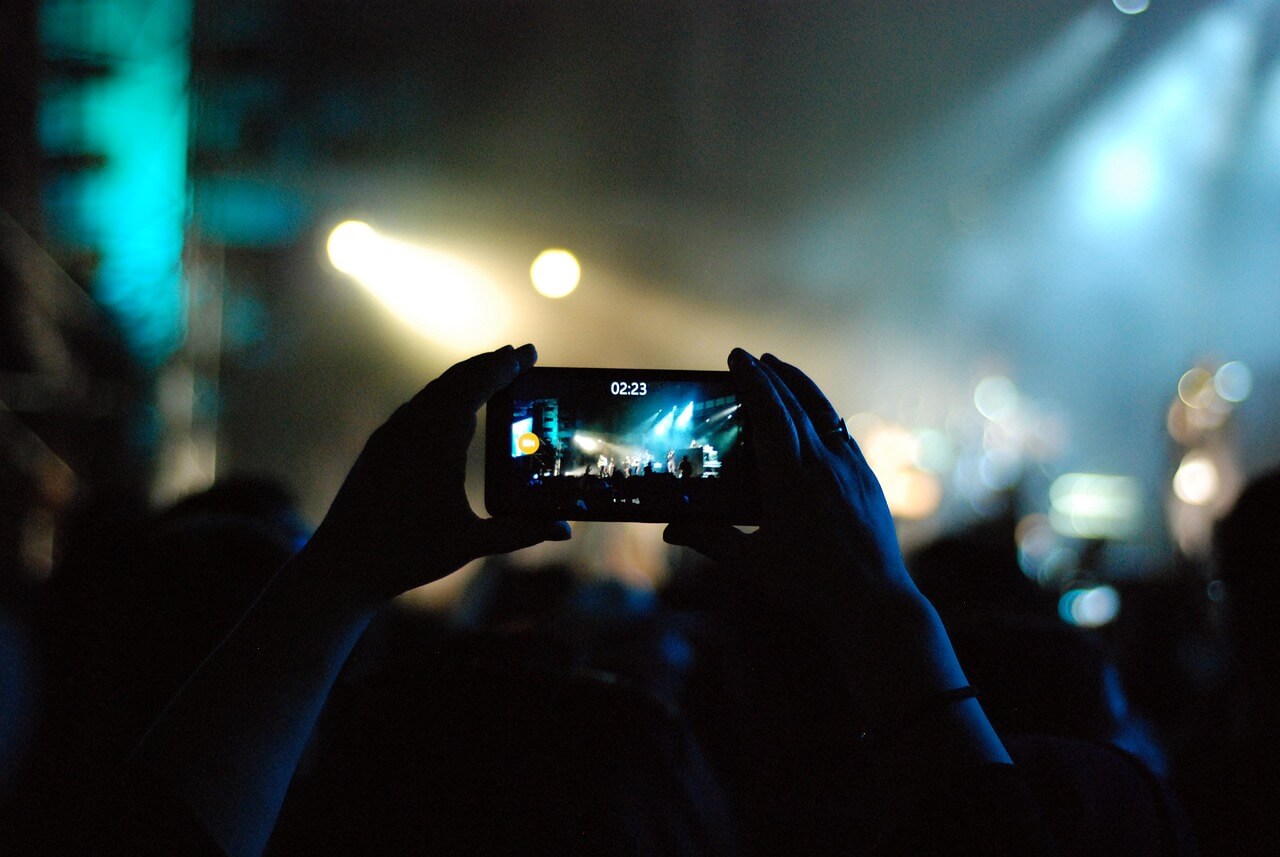A recent survey and creator economy industry report by MASV has found that nearly half of creators who work with brands or influencers have had their original, user-generated content used without permission.
That’s a problem for brands who work with the rapidly-growing and increasingly important UGC video community on social media, because nearly 95% of creators indicated that brands should ask for permission before using their video content, and nearly 70% were disappointed in the brand that used it without permission.
It’s a warning signal to brands who want to get in on the fast-growing UGC content craze, but don’t feel they need to ask permission (or provide payment or even creator credit) to leverage an Instagram Reel, TikTok, YouTube Short, or other creator content as part of their content marketing strategy.
So we asked creators, consumers, and marketers how they feel about UGC marketing.
Table of Contents
Free Download: The State of User-Generated Content
How consumers, marketers, and creators really feel about user-generated content?

User-Generated Content Is More Trustworthy, But Creators Demand Respect

MASV partnered with market research firm Dynata to survey 500-plus creators, consumers, and marketers in the U.S. and U.K. in early April 2024. The survey, which focused on user-generated video content, found that:
- 47% of creators who had their work used by brands had it used without permission, with another three-quarters adding they hadn’t been paid. Nearly 40% of creators hadn’t even been credited by brands for the use of their content in video marketing, a UGC ad, a UGC campaign, or elsewhere.
- 95% of those creators say brands should ask for permission before using their content, and nearly 70% say brands who use user-generated video content without permission aren’t trustworthy.
- Another 70% of content creators said they were disappointed in the brand or influencer who used their content without permission.
- Despite this, nearly half of marketers indicated there is little to no risk in using a creator’s content without permission, and more than 20% indicated they never or rarely give creator credit.
- Approximately 40% of creators say they know another UGC creator who has had their content used without permission.
- And nearly half of creators say brands or influencers either didn’t respond when alerted to their use of unauthorized UGC video content, or only removed the content after a significant delay.
- At the same time, user-generated content is an extremely useful marketing tool for many companies, with 85% of consumers saying they rely on user-generated video before making a purchase and 81% saying they find user-generated video more trustworthy than official branded content or influencer marketing.
- Three-quarters of consumers indicated that they trust UGC videos more than any other type of UGC.
- 98% of marketers surveyed said they will either increase or keep the same budget for user-generated video in 2024, highlighting its prominence in marketing strategies.
More detailed insights and survey data can be found in the report.
The trust angle of user-generated video is vital, said Alex Lefkowitz, Founder of Tasty Edits , a video editing service for UGC creators and other video-makers who specialize in content creation.
“The key to it all is that it needs to be authentic. It can’t seem like they’re shelling out or getting paid for it on the side,” he said.
Unauthorized UGC Content Use: A ‘Lose-Lose’ Situation for Brands
“It’s a lose-lose situation if you take content without permission,” explained video creator Samuel Chen, also known as supasenpai, in the report. “It’s a win-win situation if you recognize the creator. And that’s the key here—why are you risking your brand and your ability to grow more? The risk is that you can have significant community backlash.”
But it’s not just supasenpai who feels this way: Nearly 70% of creators surveyed said brands who leverage UGC videos in content marketing or for UGC video ads without permission aren’t trustworthy.
MASV also spoke with experts in copyright and the creator economy for its report, including Mark Penner, a trademark & patent lawyer who specializes in the acquisition, protection, and enforcement of IP rights at Fasken Martineau DuMoulin LLP.
While Penner said every case must be examined individually, and that some instances of unauthorized use could fall under the fair use or fair dealing exceptions, the downside of unauthorized content use in a social media post or elsewhere could be significant.
Note: The “fair dealing’ (U.K. and Canada) and “fair use” (U.S.) exceptions allow people to use copyrighted works for specific reasons, such as research, criticism, review, education, satire, and other use cases.
“You have to look at each situation separately, because the facts are different all the time,” he said, “so you can’t really make a sort of blanket statement other than to say that there is a risk, and the risk could be significant.”
Nearly 50% of the marketers we surveyed, however, didn’t feel that unauthorized content use in a marketing campaign carried much (if any) financial or reputational risk. And one in five marketers we spoke with said their organization never or rarely gives credit to a creator when using their content on a social media platform or elsewhere.
‘Ubiquitous Across Industries’
That squares with what media watchers have seen coming out of the content creator economy over the past few years. “(Unauthorized use of content) is ubiquitous across industries,” explained James Rubec, Head of Product at Fullintel , a media monitoring services company.
“It’s done by brands often. It’s done by other influencers. It’s also done by the media. It’s a major problem, and it’s an ethical and legal boundary that brands specifically shouldn’t cross.”
Indeed, all of the creators we interviewed said they’d had their content used without permission multiple times. “A lot of influencers and creators will just download my videos and repost them (without permission) even with their own voiceovers and whatnot,” explained content creator Angus Nguyen (avatarangus).

Source: Pexels from Pixabay
Some creators proactively reach out to brands if they notice their content being used without authorization and either ask them to take it down or to give credit: One-quarter of creators we surveyed informally asked the brand to take the content down, and another 14% sent a formal cease-and-desist notice.
“(Unauthorized use) has happened to me quite a few times,” added Anum Rubec. “If they’re making money off it, if they’re making profit and sales, then of course I’ll want to get in touch with the team if I can find them.”
While nearly one in three creators said they eventually got paid for the use of their content after contacting the brand, 43% of creators say the brands or influencers either didn’t respond or only removed the content after a significant delay.
Some creators even go so far as sending the organization an invoice for use of their content.
“I think it really depends on the scope of what is being used and how it’s being used,” she explains. “If they’re making money off it, if they’re making profit and sales, then of course I’ll want to get in touch with the team if I can find them.”
What Should Brands Do to Safely Leverage User-Generated Content?
Penner and others said there are several steps brands can take to de-risk their marketing strategy around user-generated content, and that starts with being “really, really careful and (understanding) that you may be doing something that is in breach of somebody’s rights.”
Brands should keep the following best practices in mind when sourcing user-generated content for content marketing, according to Penner:
- Take your use of UGC content seriously; to be on the safe side, always ask for permission, even if you’re just reposting a creator’s content.
- Set up processes in advance to deal with any IP rights claims that may come your way, so you have a well-oiled system able to deal with these situations. “Ignoring is never a good strategy,” he added.
- Implement a terms and conditions document that addresses permission and usage issues that creators must sign before you use any of their content in a UGC campaign.
- Always ensure that anything you use is only content the creator has rights to, so you’re not breaching third-party copyright and incurring liability (such third parties often have more legal heft than creators).
The benefits of user-generated content platforms
Jillian Robinson, senior global public relations manager at Dash Hudson, a social media management platform, said another way brands can de-risk themselves is to use a UGC platform that connects brands with creators on social media channels. Many UGC platforms feature content upload functionality that includes terms of service and waiver forms.
Many UGC platforms feature content upload functionality that includes terms of service and waiver forms, similar to the upload functionality of a MASV Portal.
“(Using a UGC platform) has streamlined the process for a lot of our brands, especially ones that have very large volumes of user-generated content,” she explained. “It helps cut through the noise to find exactly the kind of content that they’re looking for, and then get permission to be able to use it from the creators themselves.”
It’s also crucial for brands to set expectations with creators on how the content will ultimately be used, said Marc Bjerring, co-founder of video editing service Spivo. “If you’re doing it through a platform, those things will generally be fairly clear,” he said.
“If you’re working one-on-one with a creator, like maybe through TikTok Creator Marketplace or whatnot, you’ll need to make sure that their expectations are in line with yours with how you’re going to be distributing the content.”
The State of User-Generated Video: 2024 Report
Download the MASV State of User-Generated Video report today and see for yourself how creators feel about unauthorized user-generated content use, and why marketers need to tread lightly when it comes to playing fast and loose with copyrighted works (which includes user-generated content).
You’ll also learn how consumers and marketers feel about user-generated content and video’s effectiveness around brand awareness, brand trust, brand loyalty, and acquiring potential customers.